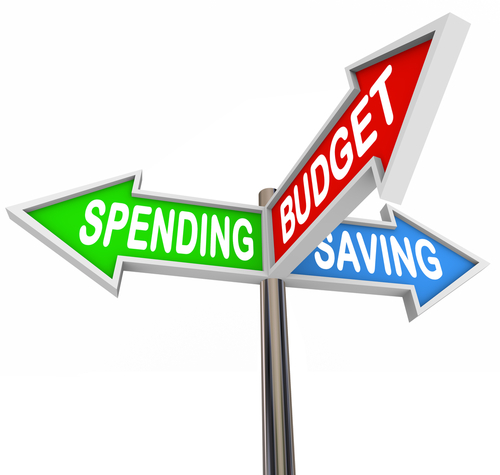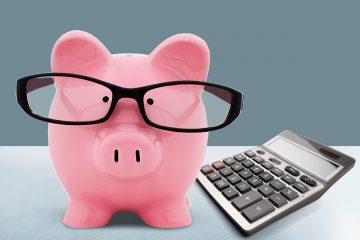Creating a budget is simple and easy, and it should only take you thirty minutes to one hour. You can make your own budget or use a free budget planner. It may be difficult to create and maintain a budget if you’ve never made one before, but you’ll find it gets easier the more you use it. You can even have a financial counsellor or a reliable friend assist you in creating your budget.
A budget can help you take control of all of your finances. By understanding how much money you’re getting and where it’s going, you’ll know if you’re spending more than what you earn and where you can cut back on unnecessary expenses. A budget will also help you to pay your bills on time, pay off credit cards or loans, and save money for other essential expenses or bigger purchases.
Here’s how you can create a workable budget:
Gather all your financial documents
Put together your bank and credit card statements, utility bills, investment accounts and so on from within the past year and calculate the average amount you have to pay for these monthly. Shopping receipts are also helpful in showing how much you spend on essential and non-essential expenses.
Write down all your income sources
This includes income from self-employment, casual, part-time or full-time employment, pensions, government benefits, support payments, investment money and external sources. Record how much you earn in total each month from all of these sources. If you have a variable income, calculate your monthly earnings based on the previous year.
Make a list of your monthly expenses
Everything that you spend your money on in a typical month should be included in the list, such as mortgage and car payments, insurance, public transport, groceries, bills, entertainment, eating out and savings for retirement or college.
Divide expenses into fixed and variable categories
Fixed expenses are payments for mortgage or rent, cars, credit cards, the Internet and rubbish collection, which are unlikely to change. Variable expenses are groceries, car petrol, presents, entertainment, eating out and takeaways, which can be adjusted and cut back on if you need to.
You can also categorise expenses by breaking them down from big to small expense categories, or you can divide them into essentials and extras. Record the total amount for the essentials and extras separately so you know which item/s and how much to cut back on from the extras category.
Calculate your monthly income and expenses
Your monthly income should exceed how much you spend on expenses. You can deduct the essentials from the monthly income, and with the remaining money you can then deduct the non-essentials from it. If you still have extra money left, consider putting it into a high-interest savings account, super or an investment. You can also pay off more of your credit card debt.
Adjust your expenses
If you’re spending more than you earn or you need to save money, you’ll have to make changes to your budget. Cut some of your spending for variable expenses so that your monthly income and expenses become at least equal in amount. You can also reduce your extras and pay off any debt you may have. But remember to keep your budget flexible and that it suits your lifestyle so you can stick to it in the long term.
Review the budget on a monthly basis
To stay on track with your budget, review it once a month. After one month, look at how much you actually spent on expenses and compare it to what’s written in the budget. Always refer to your budget when shopping so you don’t spend more than you budgeted for. You can use a calculator or an app for tracking your spending.
You can recreate the budget every three to six months to reflect your current earnings, spending and goals. When you’re comfortable using and maintaining the budget, you can just update it once a year. It’s also important to recreate the budget if you got a new job or lost a job, you’re buying or selling a house or car, you have more children, or if you or a family member is ill.


